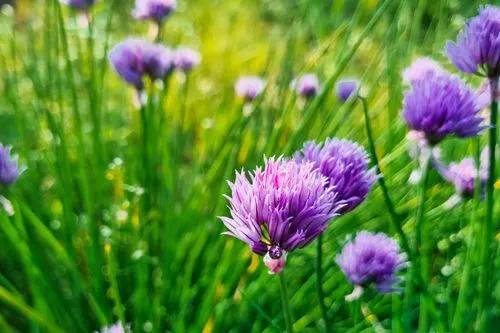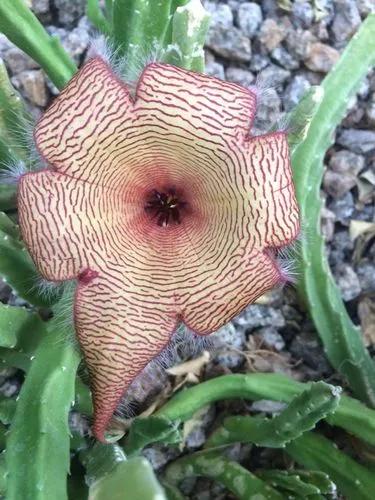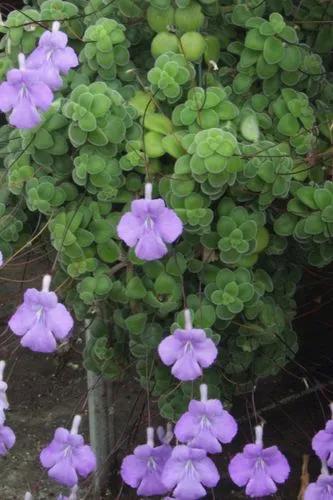Statice (Limonium sinuatum) is a favorite annual for cutting gardens, since its small, colorful blooms dry well. These somewhat stiff plants are tolerant to salty and sandy soils, making them a great choice for gardens along the coast. Easy-care statice plants perform well in dry soils with low to average fertility -- and thrive in all climate zones as an annual.
Statice Care
Limonium Sinuatum
Other names: Wavyleaf Sea Lavender



How to Care for the Plant

Water

Statice is a drought-tolerant, hardy plant doing best when treated as a wildflower. Its watering requirements are low, and once established, it may do quite well with only the water it attains from rainfall. In periods of extreme drought, water deeply, occasionally, and allow the soil to dry out completely between waterings.

Fertilizer

This weedy wildflower needs little or no fertilizing. The nourishment found in well-draining, loamy soil with plenty of organic matter worked in should be ample.

Sunlight

Perennial Sea Lavender thrives in a full sun

Soil

These undemanding, hardy plants do well in dry-to-medium sandy loam providing good drainage and air circulation. Because these plants naturally grow in salty meadows, they are a good choice for a seaside garden.

Popularity

976 people already have this plant 325 people have added this plant to their wishlists
Discover more plants with the list below
Popular articles






